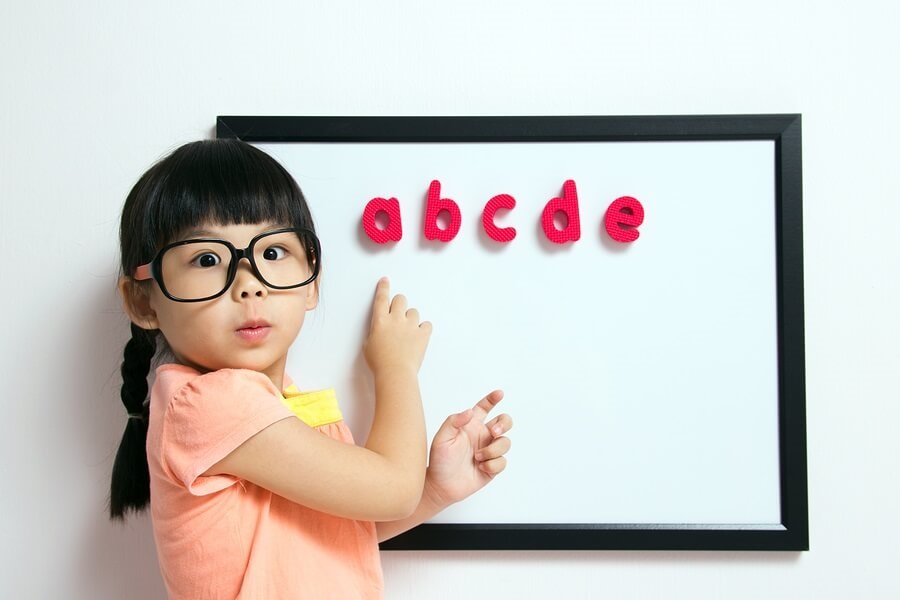Challenging behavior is often reported by teachers as their number one stressor.
Knowing how to deal with problematic behavior is one of the most important skills for a teacher. The fewer problem behaviors you have, the more fun your class will be!
Positive Behavioral Interventions and Supports (PBIS) is a framework to help teachers appropriately and effectively support desired behaviors in the school setting.
A fundamental principle of PBIS is prevention first: focus on preventing problem behaviors from occurring in the first place, instead of simply punishing problem behaviors when they do occur. Early intervention often leads to prevention of more serious behavior problems.
There are three tiers of support in the PBIS framework. Today, we’ll focus on Tier 1: Universal supports.
Universal supports are designed to be implemented for all students in your classroom. These supports emphasize clearly and effectively laying out the expectations for students. Universal supports aim to establish an effective learning environment and prevent problem behaviors from occurring.
Below are eight key guidelines:
- Clearly define expected behaviors
Set expectations and rules for the classroom and other school areas. For example, clarify the differences between the codes of conduct for the cafeteria versus for the playground.

2. Teach and practice expected behaviors
Make a plan to teach procedures and routines, such as how to line up or how to properly use the bathroom.

3. Provide specific positive feedback
Specific positive feedback is the most powerful because it provides direct affirmation that the behavior is appropriate. So, when you see students demonstrating the expected behaviors, such as raising their hand to answer in class, reward them. This can be with praise, tokens, house points, etc.

4. Establish procedures for responding to problem behavior
For students, different responses for the same behavior implicitly delegitimizes the rules that you have set. Discuss within your school how to deal with problem behavior so students always receive consistent responses across classes.

5. Actively supervise students
Active supervision ensures students are supported and provided with positive feedback.

6. Student engagement
In classrooms where students are given multiple opportunities to respond, rates of academic engagement are higher. Consider using different response methods. For example, get students to write their answers on a mini whiteboard or type their answer on an iPad.

7. Monitor task difficulty
Instructions may need to be adjusted based on student needs.

8. Establish procedures for data-based decision making
Identify students in need of a higher level of support. Discuss with your school the procedures for referrals for increased support. These are considered Tier 2 (targeted) and Tier 3 (intensive) supports.

The use of PBIS techniques has been shown to improve social, emotional, and academic outcomes for all students, including students with disabilities and students from underrepresented groups.
